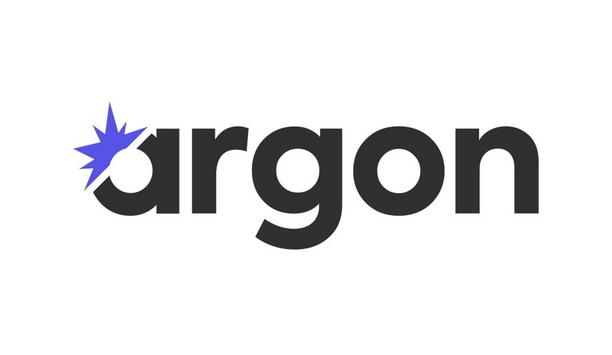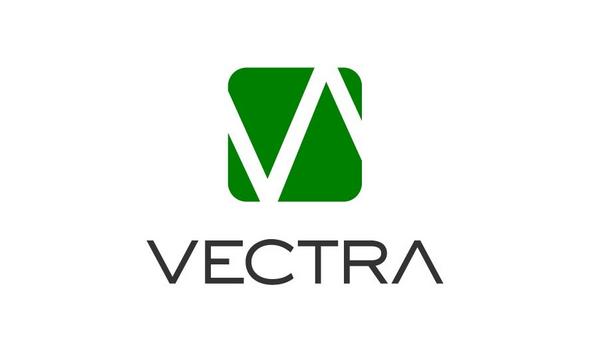Vectra AI, a pioneer in network detection and response (NDR), released its global survey of 1,112 security professionals working in mid to large-sized organizations using Microsoft Office 365.
The results confirm that the COVID-19 pandemic has accelerated cloud migration and digital transformation amongst 88% of companies and that 71% of Microsoft Office 365 deployments have suffered an account takeover of a legitimate user’s account, not once, but on average seven times in the last year.
Malicious account takeover attacks
The fact that 3 in 4 companies have experienced malicious account takeover attacks highlights the need to track and secure identities as they move from on-prem to the cloud. Just one in three security professionals believe they could identify and stop an account takeover attack immediately, the majority expect to take days or even weeks to intercept such a breach.
One in three security professionals believe they could identify and stop an account takeover attack immediately
This challenges faced by defenders mirrors the findings of the last Spotlight Report, which tracked the behavior of four million Microsoft Office 365 customers over 90 days and discovered that 96% of networks exhibited suspicious lateral movement behavior and those account takeovers were at the top of the list of methods used by attackers to move laterally between the cloud and network.
Identity-based attacks
Tim Wade, Technical Director of the CTO team at Vectra, comments, “We’re regularly seeing identity-based attacks being used to circumnavigate traditional perimeter defenses like multi-factor authentication (MFA). Account takeovers are replacing phishing as the most common attack vector and MFA defenses are speed bumps, not forcefields.”
“Organizations need to take this seriously and plan to detect and contain account compromise before a material disruption of their business occurs – malicious access, even for a short period; can do a tremendous amount of damage.”
Defensive abilities
4 in 5 claims to have good or very good visibility into attacks that bypass perimeter defenses like firewalls
However, the survey also reveals a high level of confidence amongst security teams in the effectiveness of their own company’s security measures: nearly 4 in 5 claims to have good or very good visibility into attacks that bypass perimeter defenses like firewalls. Yet there is an interesting contrast of opinions between management level respondents and practitioners such as Security Operations Center (SOC) analysts, with managers exhibiting much greater confidence in their defensive abilities.
Overall, the top security concerns cited by Microsoft Office 365 customers are the risk of compromise of data held in the cloud, the risk of account takeover, and the ability of hackers to use living-of-the-land attacks to hide their tracks.
Vigilant to new attacks
Tim Wade, comments, “The tendency for managers to be significantly more confident that those working at the coalface suggests that there is a level of self-delusion going on here. Perhaps it’s because the metrics that are being shared with senior management often focus more on the volume of attacks stopped rather than the severity of the attack or the number of investigations that reach a firm conclusion.”
“Whatever the reason it’s important not to be complacent and remain constantly vigilant of new types of attacks.”
Cyber security risk and other findings
The shift to cloud and adoption of remote working has heightened the threat of cyberattacks
The findings also reveal that a majority (58%) of security professionals say the gap between attackers and defenders is widening. The shift to cloud and adoption of remote working has heightened the threat of cyberattacks, with four in five security professionals saying that cyber security risks have increased in the last twelve months.
Other key findings from the report include:
- IoT/connected devices and identity-based attacks are the top two security concerns for 2021
- 58% of businesses plan to invest more money in people and technology and 52% will invest in AI and automation in 2021
- The biggest frustration with existing security solutions is the amount of time needed to manage them
- The best thing about their roles as security professionals is the satisfaction of stopping attacks and protecting their companies, while frustration at end users’ lack of understanding of cyber security remains the biggest frustration.
Research methodology
The survey commissioned by Vectra was conducted among 1112 IT security decision-makers in businesses securing Microsoft Office 365 deployments with more than 1000 employees, in the following industries: Government, Finance, Retail, Manufacturing, Healthcare, Education, and Pharmaceutical.
At an overall level results are accurate to ± 2.9% at 95% confidence limits assuming a result of 50%. The interviews were conducted online by Sapio Research in February 2021 using an email invitation and an online survey.
Discover how AI, biometrics, and analytics are transforming casino security


























